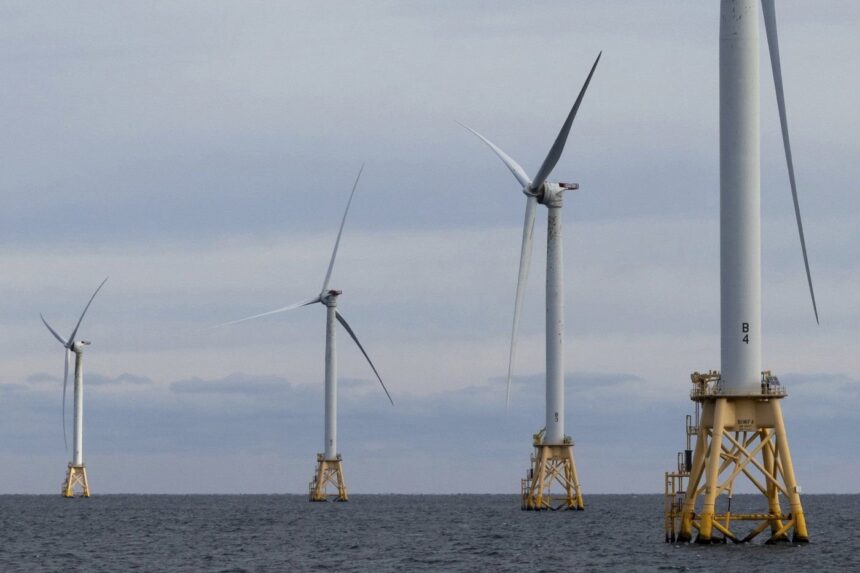In a landmark decision that could reshape Atlantic Canada’s energy landscape, Nova Scotia’s ambitious “Wind West” offshore development has received preliminary approval from federal regulators, though with substantial conditions attached. The $3.7-billion project, positioned to become Canada’s largest offshore wind installation, promises to generate enough clean electricity to power approximately 350,000 homes while creating an estimated 2,800 jobs during its construction phase.
“This represents a pivotal moment in Nova Scotia’s clean energy transition,” said Premier Tim Houston at yesterday’s press conference in Halifax. “While we’ve cleared a significant hurdle, we recognize the real work of implementation—addressing environmental concerns and ensuring community benefits—is just beginning.”
The federal approval comes with stringent requirements, including comprehensive environmental monitoring protocols to protect the Bay of Fundy’s delicate marine ecosystem. Regulators have mandated extensive baseline studies of local whale populations, seabird migration patterns, and potential impacts on the commercial fishing industry that has sustained coastal communities for generations.
Environmental groups have expressed measured support. “We cautiously welcome this development while insisting on rigorous oversight,” noted Elizabeth Watson, director of the Atlantic Marine Conservation Coalition. “The project’s potential to reduce carbon emissions by an estimated 1.2 million tonnes annually is significant, but cannot come at the expense of biodiversity.”
Indigenous consultation represents another critical condition for the project’s advancement. The Mi’kmaq Rights Initiative (Kwilmu’kw Maw-klusuaqn) has secured agreements ensuring not only environmental protections but also meaningful economic participation through supply chain opportunities and dedicated training programs for community members.
Chief Michael Peters of the Annapolis Valley First Nation emphasized, “Our support is conditional on genuine partnership. We’ve witnessed too many resource projects that promised benefits but delivered little to Indigenous communities. This time must be different.”
The economic dimensions of Wind West extend beyond electricity generation. Project developers have committed to establishing a regional manufacturing hub for turbine components in Sydney, potentially positioning Nova Scotia as a supplier for the growing North American offshore wind sector. This aspect has garnered support from business leaders seeking economic diversification in a province traditionally dependent on fisheries and seasonal tourism.
Nova Scotia’s Department of Energy and Mines projects the initiative will generate approximately $175 million in annual economic activity once operational, with maintenance and operations creating 230 permanent positions. However, economists caution that realizing these benefits depends on careful implementation and avoiding the cost overruns that have plagued similar projects elsewhere.
The approval comes amid growing recognition that Atlantic Canada faces unique climate challenges, with coastal communities already experiencing increased storm severity and sea level rise. Federal Environment Minister Jennifer Sanchez noted, “Projects like Wind West represent essential components of our national climate strategy, particularly for regions facing disproportionate climate impacts.”
Opposition has emerged from some coastal residents concerned about visual impacts and potential effects on property values. The Bay of Fundy Protection Alliance has questioned whether sufficient community consultation occurred before federal approval was granted.
As Nova Scotia navigates this complex energy transition, fundamental questions remain: Can the province successfully balance environmental protection with economic development? Will the benefits of renewable energy be equitably distributed across communities? And perhaps most critically, can this project serve as a template for responsible offshore wind development throughout Atlantic Canada’s resource-rich coastal regions?










